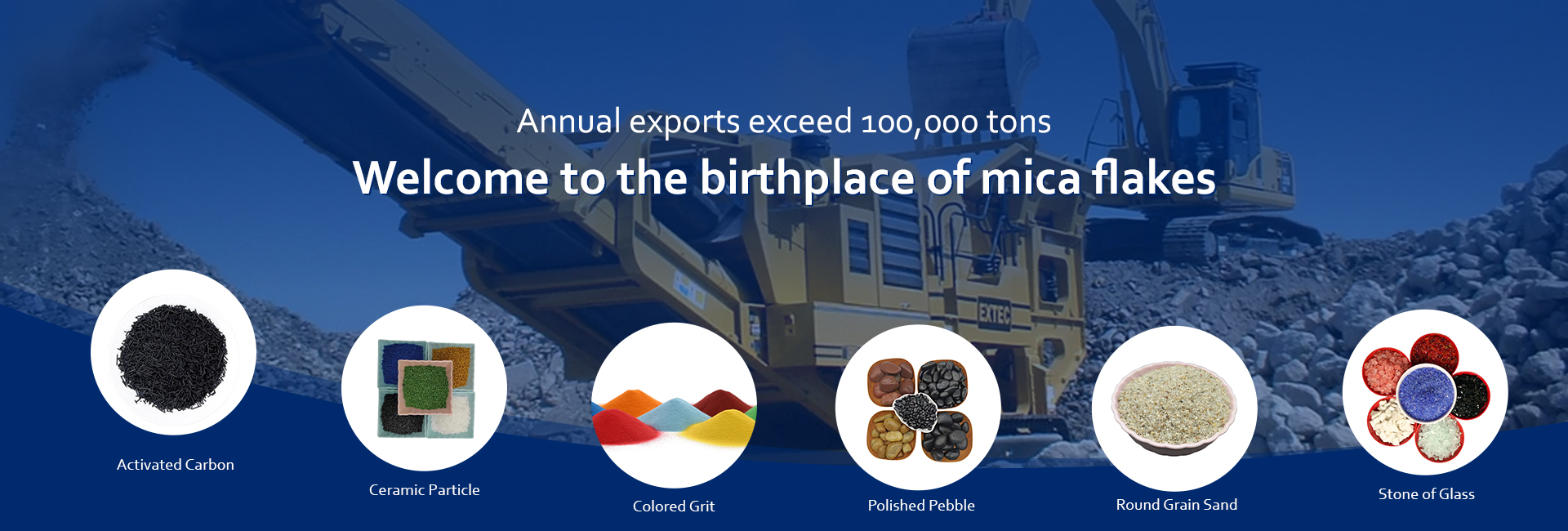
Innovative Techniques for Efficient Fly Ash Utilization and Management Strategies
The Processing of Fly Ash Techniques and Applications
Fly ash, a byproduct generated from the combustion of coal in power plants, is increasingly recognized for its potential in various applications, particularly in construction and environmental remediation. The processing of fly ash involves several techniques aimed at enhancing its properties for different uses. In this article, we will explore the methods of processing fly ash, its applications, benefits, and the challenges associated with its utilization.
Understanding Fly Ash
Fly ash is composed of fine particles that rise with flue gases during the combustion of coal. It primarily consists of silica, alumina, iron, and calcium, and its chemical composition can vary significantly depending on the type of coal used and the combustion process. The two main types of fly ash are Class F and Class C. Class F fly ash is produced from anthracite and bituminous coal and contains less than 20% lime, while Class C fly ash comes from lignite and sub-bituminous coal and generally has more than 20% lime. The distinct properties of these two classes provide various opportunities for their use in construction and other industries.
Processing Techniques
The processing of fly ash is crucial for improving its properties and ensuring its safe use. Several techniques are employed in the processing of fly ash, including
1. Mechanical Processing Mechanical processing involves grinding and milling fly ash to improve its fineness and particle distribution. Fine fly ash can enhance the performance of concrete by improving workability and strength, allowing for its use as a partial replacement for Portland cement.
2. Physical Separation Fly ash can contain unburnt carbon, which can hinder its performance in concrete applications. Physical separation techniques, such as air classification and flotation, can be used to remove unburnt carbon and other undesirable components. This results in higher-quality fly ash, suitable for use as a pozzolan in cement and concrete production.
3. Chemical Activation Some studies have shown that treating fly ash with alkaline solutions can enhance its reactivity. Chemical activation can lead to development of binder properties comparable to or even surpassing traditional Portland cement. This process increases the potential applications of fly ash beyond conventional uses.
4. Thermal Treatment Subjecting fly ash to high temperatures can modify its properties, increasing its pozzolanic activity and improving its compatibility with other materials in concrete mixes. This technique helps in producing a more stable and durable product.
fly ash processing

Applications of Fly Ash
Fly ash has numerous applications, particularly in the construction industry. Its most common use is as a supplementary cementitious material (SCM) in concrete. The incorporation of fly ash into concrete mixes can lead to
1. Improved Strength and Durability Fly ash contributes to the formation of calcium silicate hydrate (C-S-H) gel, which enhances the strength and durability of concrete. This results in structures that are more resilient to harsh environmental conditions.
2. Reduced Carbon Footprint The use of fly ash as a partial replacement for Portland cement leads to a reduction in carbon dioxide emissions, as the production of cement is a significant contributor to global CO2 emissions. Utilizing fly ash helps promote sustainable construction practices.
3. Cost-Effectiveness Fly ash is often more economical than traditional cement. Using fly ash in concrete mixes can reduce material costs while improving performance, making it an attractive option for builders and engineers.
4. Landfill Diversion By utilizing fly ash in construction, we can significantly reduce the volume of waste sent to landfills, addressing disposal challenges associated with coal combustion waste.
Challenges and Considerations
Despite its benefits, the processing and use of fly ash are not without challenges. Variability in composition can affect the performance of fly ash, necessitating extensive testing before use. Additionally, concerns regarding the leaching of heavy metals and trace elements from fly ash can pose environmental risks. Therefore, proper assessment and management strategies are essential to mitigate these risks.
Conclusion
The processing of fly ash presents an exciting opportunity to recycle a significant industrial byproduct and contribute to sustainable construction practices. With advancements in processing techniques and increasing recognition of its benefits, fly ash is poised to play a more prominent role in construction and environmental remediation. By overcoming the associated challenges, stakeholders can unlock the full potential of fly ash, paving the way for more sustainable building practices and a greener future.
Share
-
Premium Talcum Powder Enhanced with GPT-4 Turbo | Soft & Long-LastingNewsAug.02,2025
-
Fly Ash Solutions Enhanced by GPT-4 Turbo | Sustainable InnovationNewsAug.01,2025
-
Natural Premium Bentonite Cat Litter - Superior ClumpingNewsJul.31,2025
-
Premium Resin Coated Sand - High Heat Resistance CastingNewsJul.31,2025
-
High Quality Silicon Carbide Grit for Abrasive ApplicationsNewsJul.30,2025
-
High-Quality Ceramsite for Plants & Gardening | Lightweight PebblesNewsJul.29,2025






